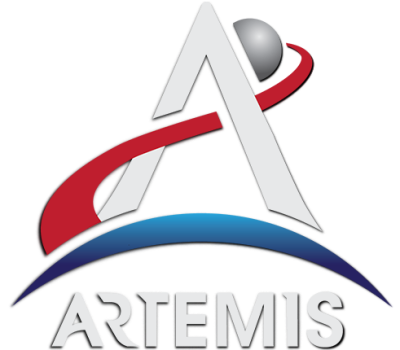Earlier in this series, we made the case for copper being “the metal that built technology.” Some readers took issue with that statement, noting correctly that meteoric iron and gold were worked long before our ancestors were able to locate and exploit natural copper outcroppings, therefore beating copper to the historical punch. That seems to miss the point, though; figuring out how to fashion gold decorations and iron trinkets doesn’t seem like building the foundations for industry. Learning to make tools from copper, either pure or alloyed with tin to make bronze? Now that’s how you build an industrial base.
So now comes the time for us to make the case for our most recent addition to humanity’s stable of industrial metals: titanium. Despite having been discovered in 1791, titanium remained locked away inside abundantly distributed ores until the 1940s, when the technological demands of a World War coupled with a growing chemical prowess and command of sufficient energy allowed us to finally wrest the “element of the gods” from its minerals. The suddenness of it all is breathtaking, too; in 1945, titanium was still a fantastically expensive laboratory oddity, but just a decade later, we were producing it by the (still very expensive) ton and building an entirely new aerospace industry around the metal.
In this installment of “Mining and Refining,” we’ll take a look at titanium and see why it took us over 11,000 years to figure out how to put it to work for us.
Continue reading “Mining And Refining: Titanium, Our Youngest Industrial Metal”



















